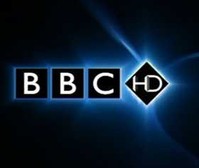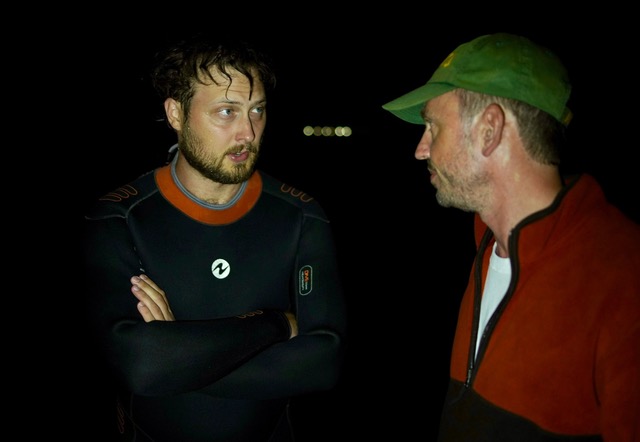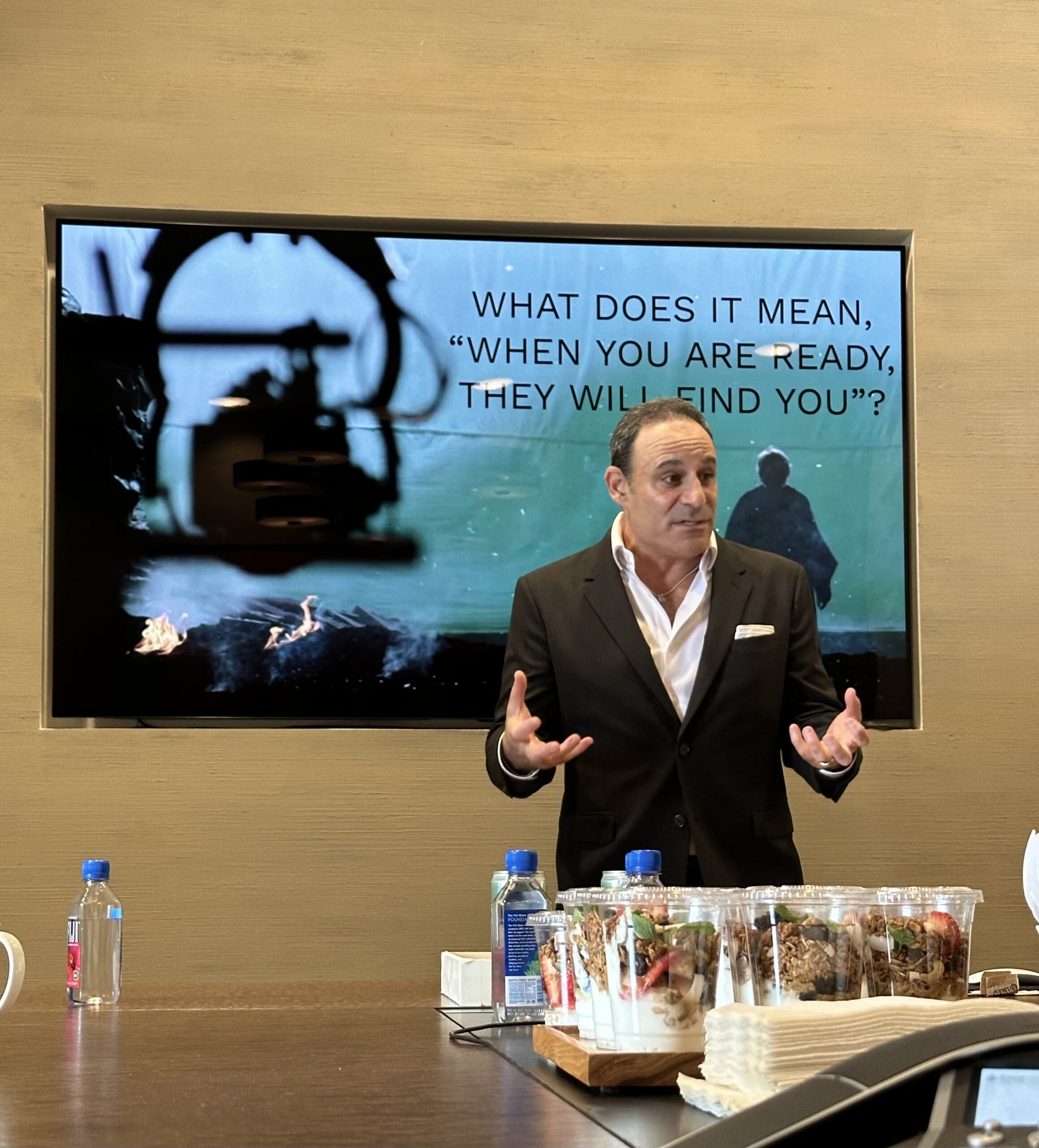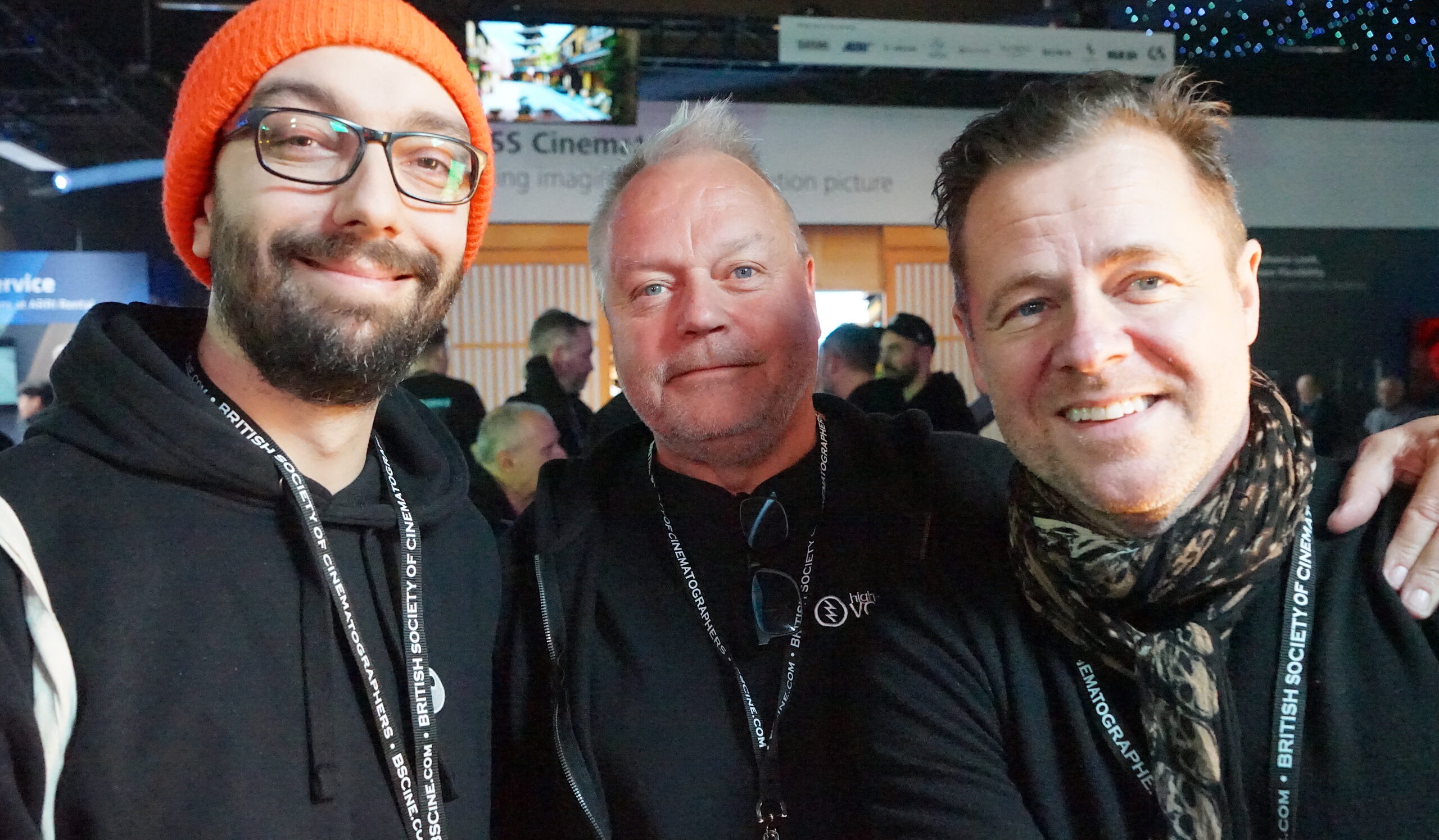BBC delivers guide for SD and HD format

BBC har nu kommit med en guide för producenter hur de vill ha programmen levererade framöver, både när det gäller SD (standard definition) och HD (high definition). Super-16 ratas som filmformat för HD, men 35 mm 2-perf godkännes om man använder 250 ISO film eller lägre ljuskänslighet.
Läs deras guide här
Läs ochså “BSC RESPONSE TO BBC INITIATIVE” på nästa sida
BSC RESPONSE TO BBC INITIATIVE
The BBC has just released an Interim Delivery Guide for the BBC HD Channel, which will be effective from 1st July to 1st November 2008. It shows that they are continuing to work hard to improve the options open for HD delivery, and I am really pleased that the BBC has taken on board the results of all the tests that have been produced over the last few months. I believe that we are all starting to work together.
It has been of great concern to cinematographers, production companies, post production companies, equipment suppliers, and Film Stock manufacturers that the options open for delivery to the HD Channels was being diminished by the technological restrictions imposed by Broadcasters. The new Guidelines herald a change in direction which we, the BSC are very pleased about.
The new guidelines state that:
“High definition programmes must be acquired, post produced and delivered in high definition. Programmes must contain a minimum of 75% native high definition material.” HOWEVER “Up to 25% of the programmes duration can come from standard definition sources” **WHICH MEANS FOR HD ACQUIISITION
The following 35mm film types and stock are acceptable for high definition acquisition providing the original negative is clean and transferred directly to a high definition video format.
3 perf – any eposure index, although an ASA of 250 or less is preferred.
2 perf- only if a stock less than 250ASA is used.
Film should be well exposed and not pushed more than 1 stop.
35mm negative can be transferred to any high definition video format but it is advisable to use formats that have low compression.
THE 25% RULE MEANS THAT UP TO 25% OF THE PROGRAMMES CONTENT CAN BE IN STANDARD DEFINITION.
This means that the following formats can be considered.
All standard definition video formats
HDV from all manufacturers
Cameras with sensors under 1/2”
Frame-based(intra-frame) recording formats below 100Mbs
Super 16mm film of any ASA whether transferred to tape in HD or not
35mm film of any ASA transferred to or copied from standard definition tape formats
Non linear editing codecs with bit rates below 160Mbs
Live contributions links of less than 60Mbs (MPEG2)
720 line equipment with the exception of the Panasonic Varicam AJ-HDC27 range and the Panasonic AJ-HDX900 range
(OTHER 720 LINE EQUIPMENT MAY BE USED BUT MUST BE DISCUSSED PRIOR TO USE)
My understanding of the rules mean that the restrictions imposed are being gradually relaxed which can only be good news for all of us in the industry.
It should give hope to film manufacturers that their development and improvement of film stocks is having an effect, and that the new grain reduction, image enhancement, and adaptive sharpening techniques now available in “post” can help in bringing material previously unacceptable to the HD channel into line with HD requirements.
The situation appears to still be unclear though, as why can we have 25% of material that is supposedly unacceptable to the HD channel, and not more?
I would like to have some clarification on this point as it could have a great bearing on HD acquisition.
Although the BSC continues to embrace new technology we are adamant that film is a medium which should not be lost in the drive to improve the quality of images, which is the passion of all cinematographers.
We are delighted that our initiative in producing the HD and digital presentations and comparison tests is gradually bearing fruit.
Let’s continue to work together to improve the situation further.
If you need further clarification from the BBC you can contact Andy Quested on: dgm@bbc.co.uk






